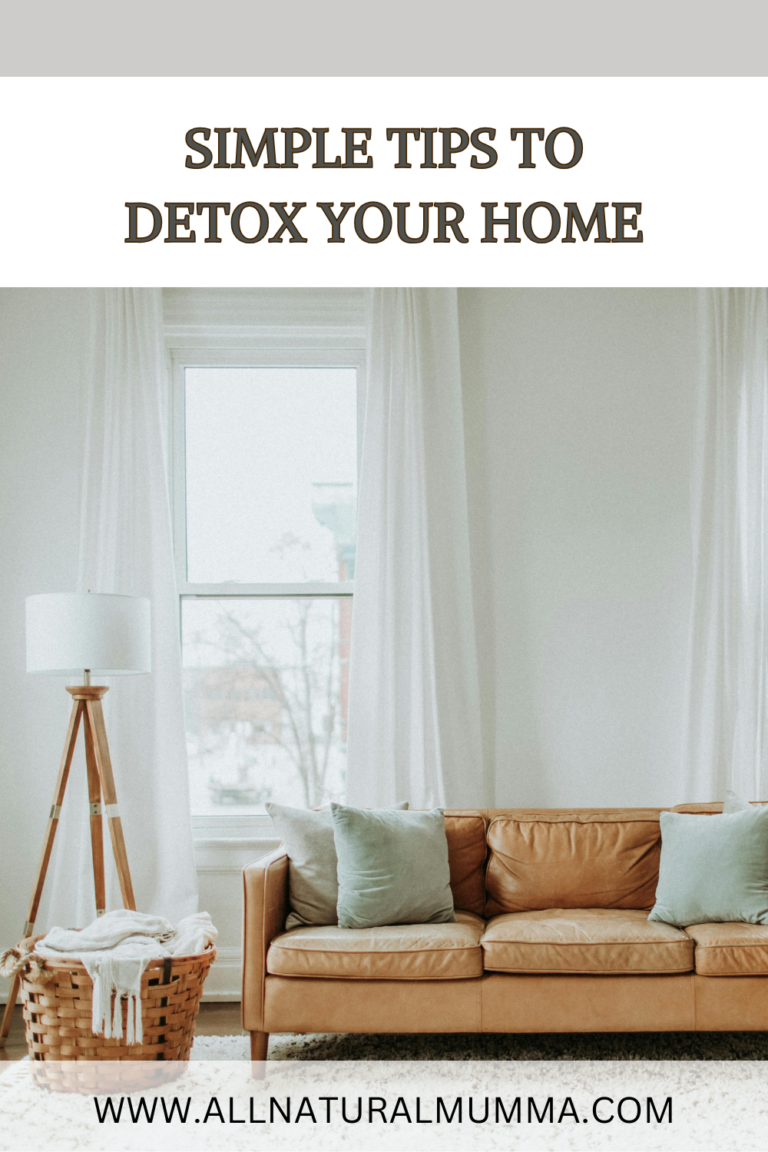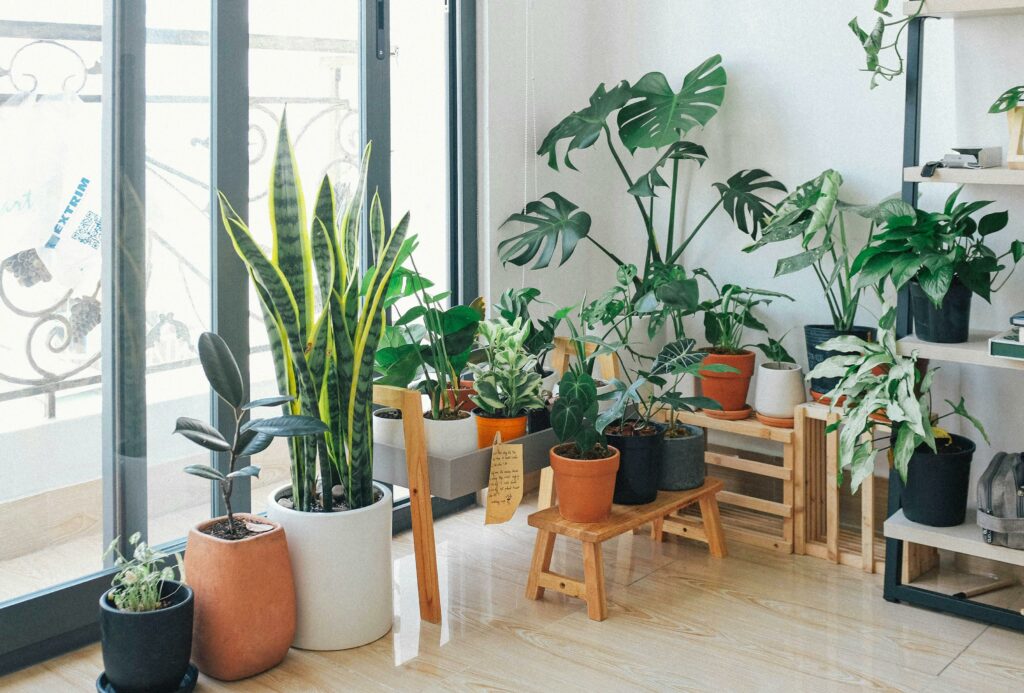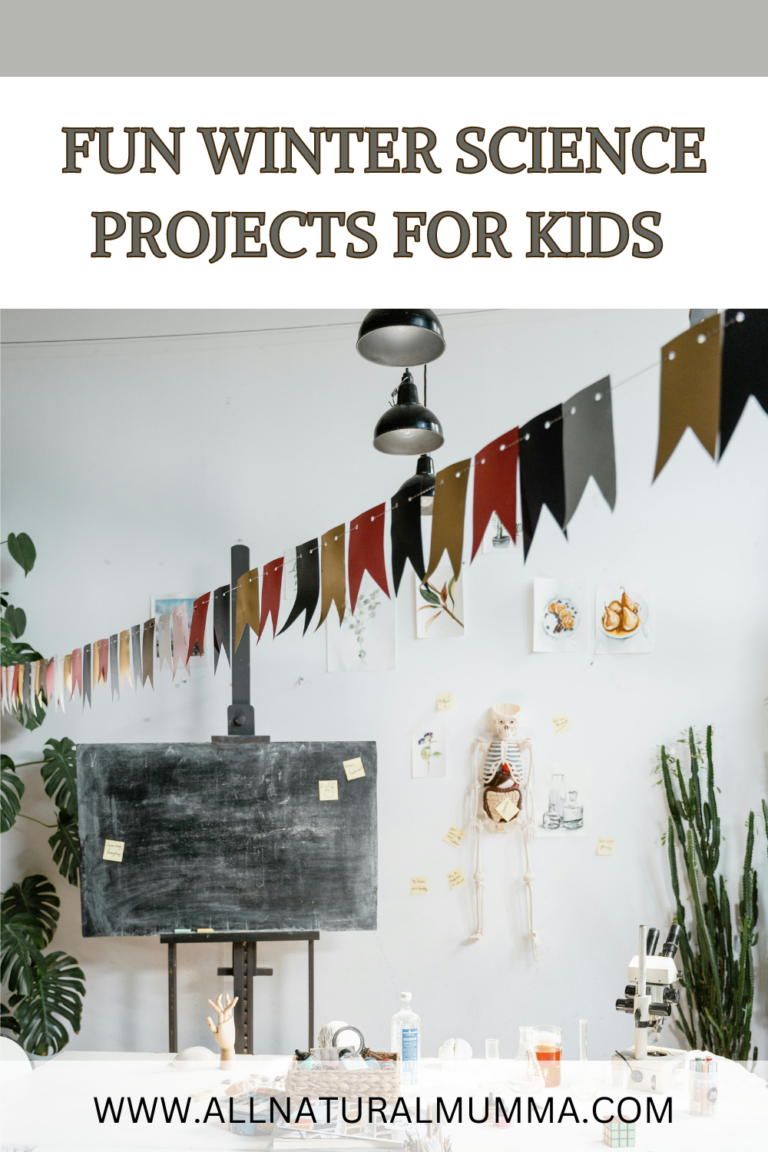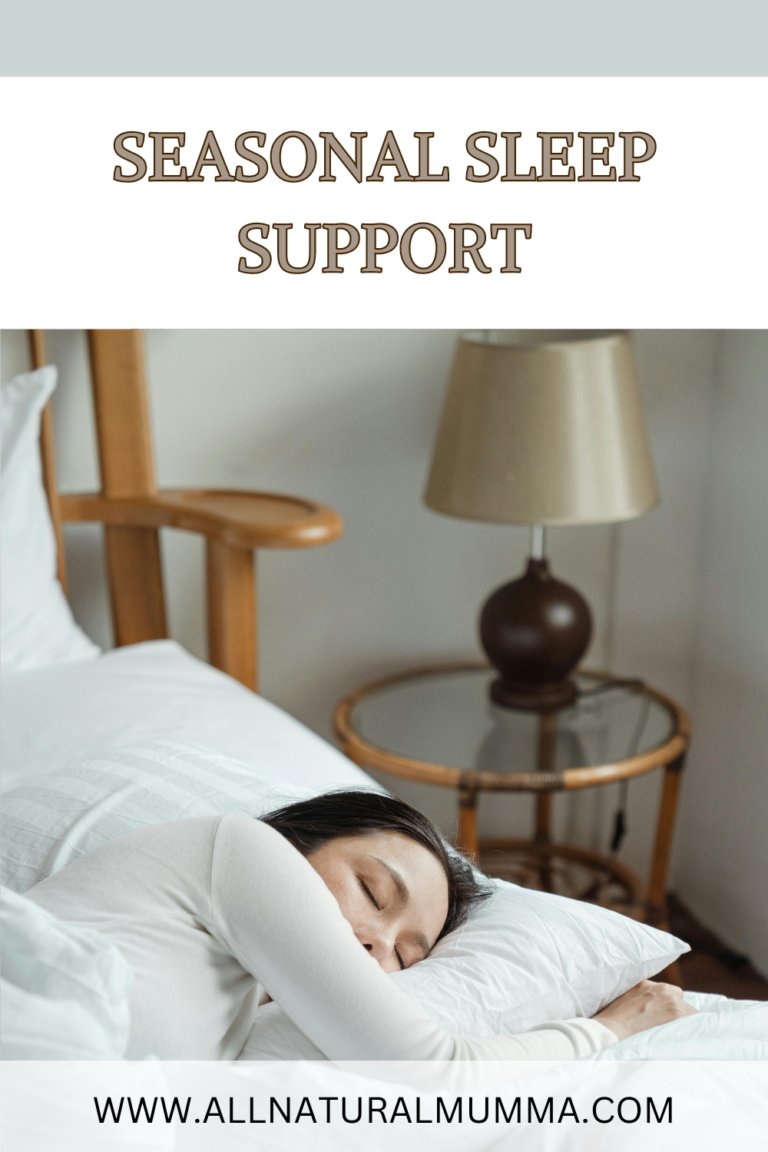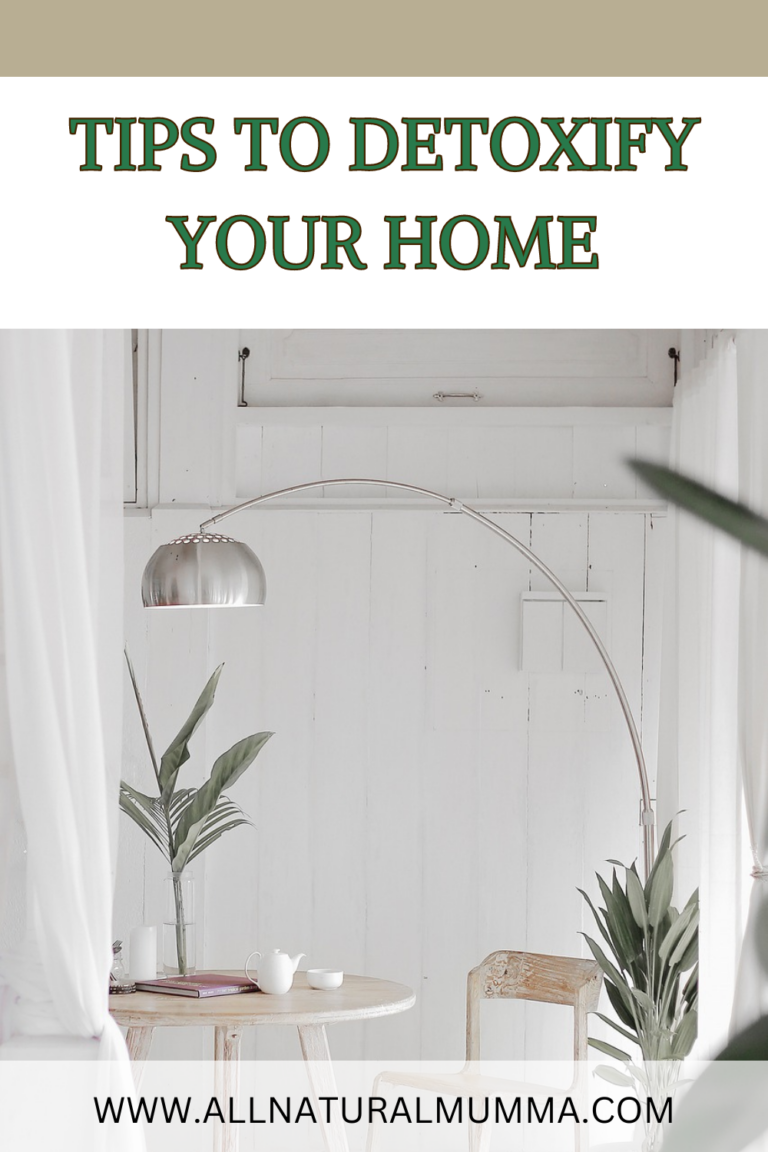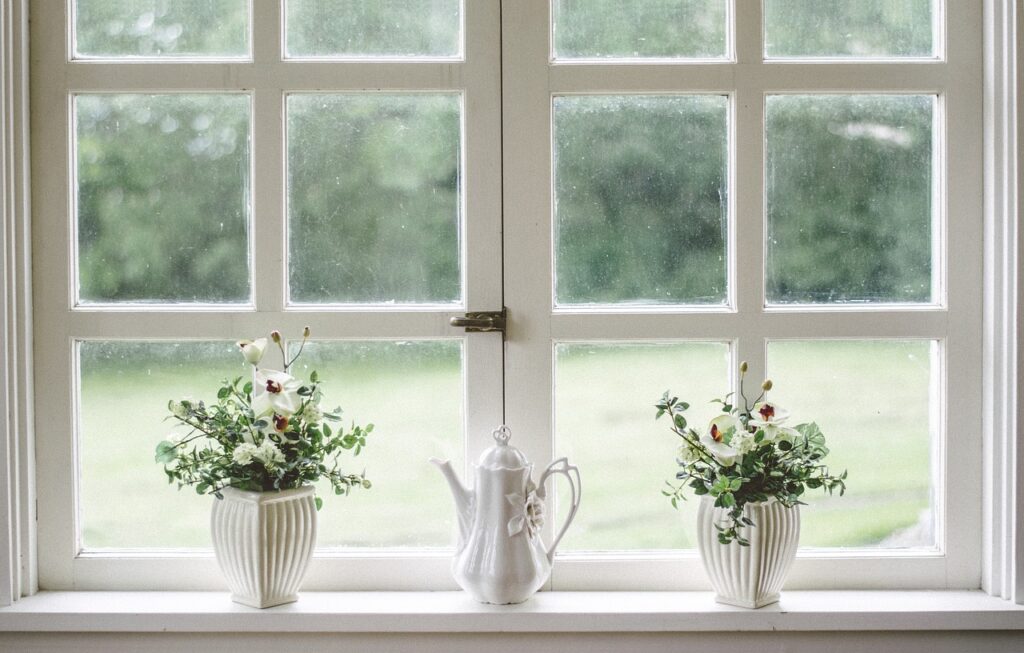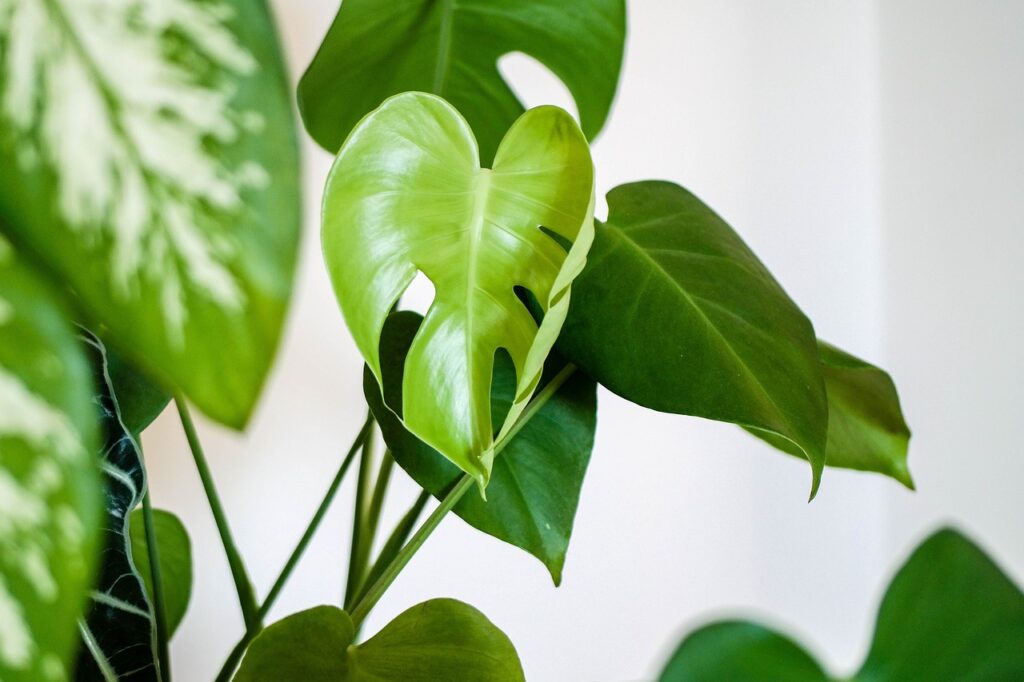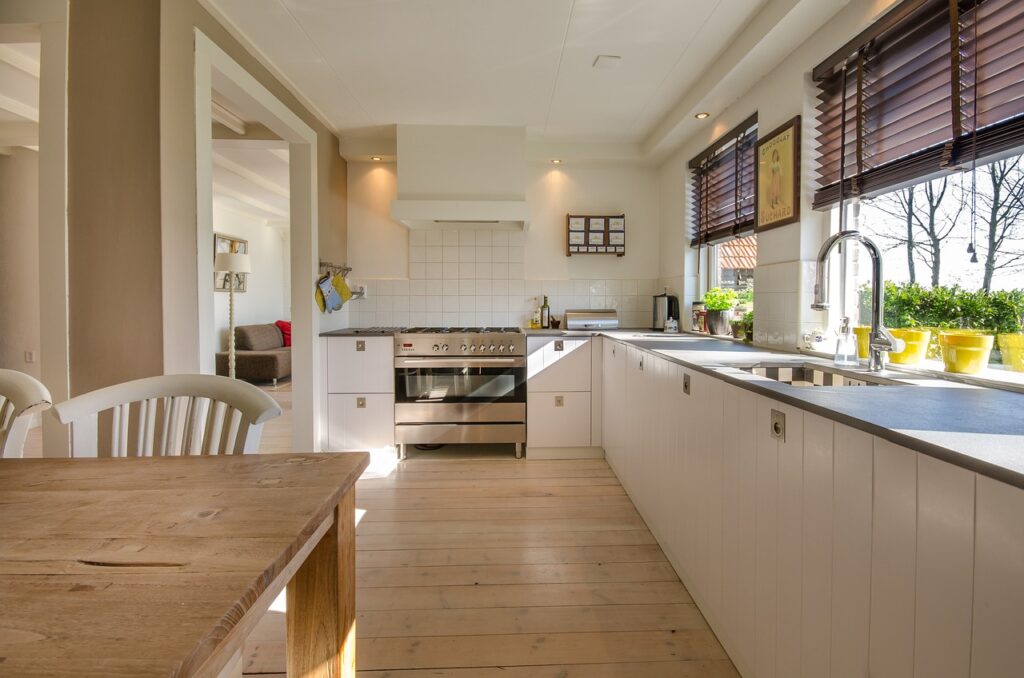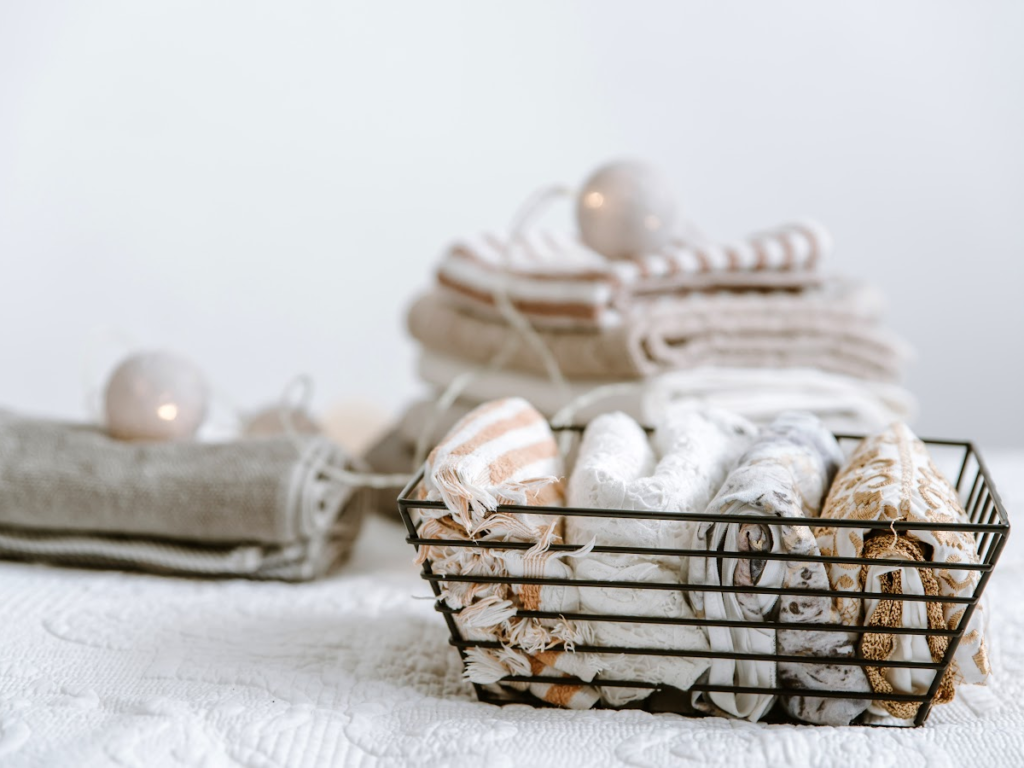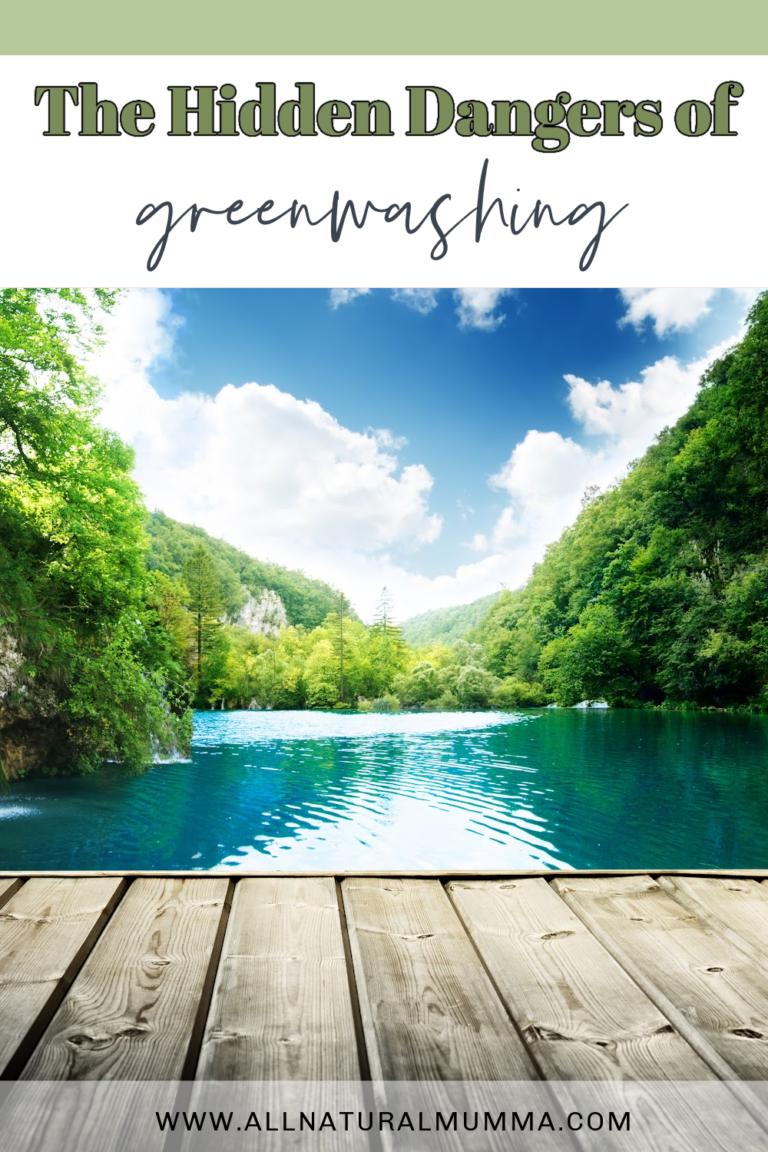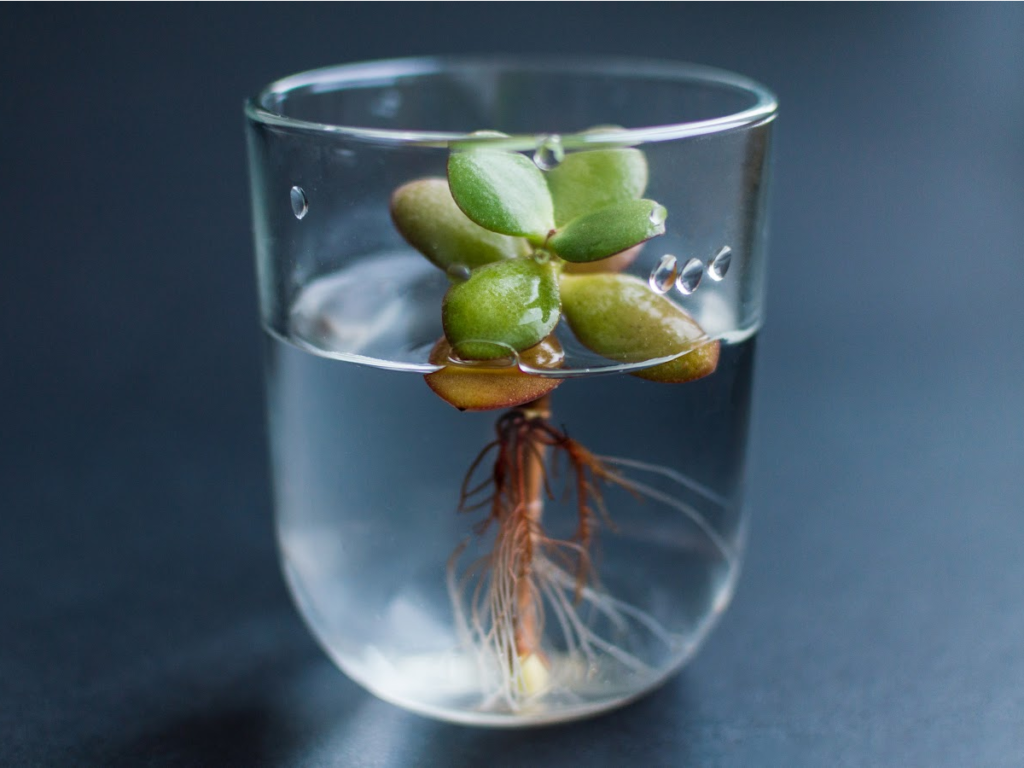Spring is the perfect time to detox your home, letting in fresh air and sweeping out the old. Just as you cleanse your body, your living space deserves the same care and attention. Reducing toxins in your home not only creates a healthier environment but also fosters a sense of renewal and clarity.
DITCH THE CHEMICALS
Many conventional cleaning products are filled with harsh chemicals that can linger in the air and on surfaces. Swap them out for natural alternatives like vinegar, baking soda, and essential oils. These eco-friendly options are just as effective and much safer for your family and the planet.
MAKE YOUR OWN CLEANERS
Creating your own cleaning solutions is easier than you might think. A simple mix of vinegar and water works wonders on windows and mirrors, while baking soda is perfect for scrubbing sinks and countertops. Add a few drops of lemon or tea tree essential oil for a fresh scent and added antibacterial properties.
FRESHEN UP WITH PLANTS
Houseplants are natural air purifiers that can help detoxify your home. Plants like snake plants, peace lilies, and spider plants absorb harmful chemicals from the air, improving indoor air quality and adding a touch of greenery to your space.
GO GREEN WITH LAUNDRY
Traditional laundry detergents can contain chemicals that are harmful to both your health and the environment. Opt for eco-friendly, biodegradable detergents made from natural ingredients. Consider using wool dryer balls with essential oils instead of chemical-laden dryer sheets to reduce static and soften fabrics naturally.
DECLUTTER AND SIMPLIFY
A cluttered home can contribute to a cluttered mind. Take time this spring to declutter and organise your space. Not only will it make your home feel more open and inviting, but it will also reduce the dust and allergens that accumulate in crowded areas.
AIR OUT YOUR HOME
After a long winter of closed windows, your home could use a breath of fresh air. Open windows and doors to let in the spring breeze and flush out any stale air. This simple act can instantly refresh your living space and boost your mood.
By following these eco-friendly cleaning tips, you can create a healthier, toxin-free environment that will leave your home feeling refreshed and revitalised. Spring is all about new beginnings—start with a home detox that benefits both your well-being and the planet.
If you like the easy button when it comes to buying natural cleaners, check out my favourite bundle. This is all we use to keep our home sparkling and smelling fresh.. without nasty chemicals!


